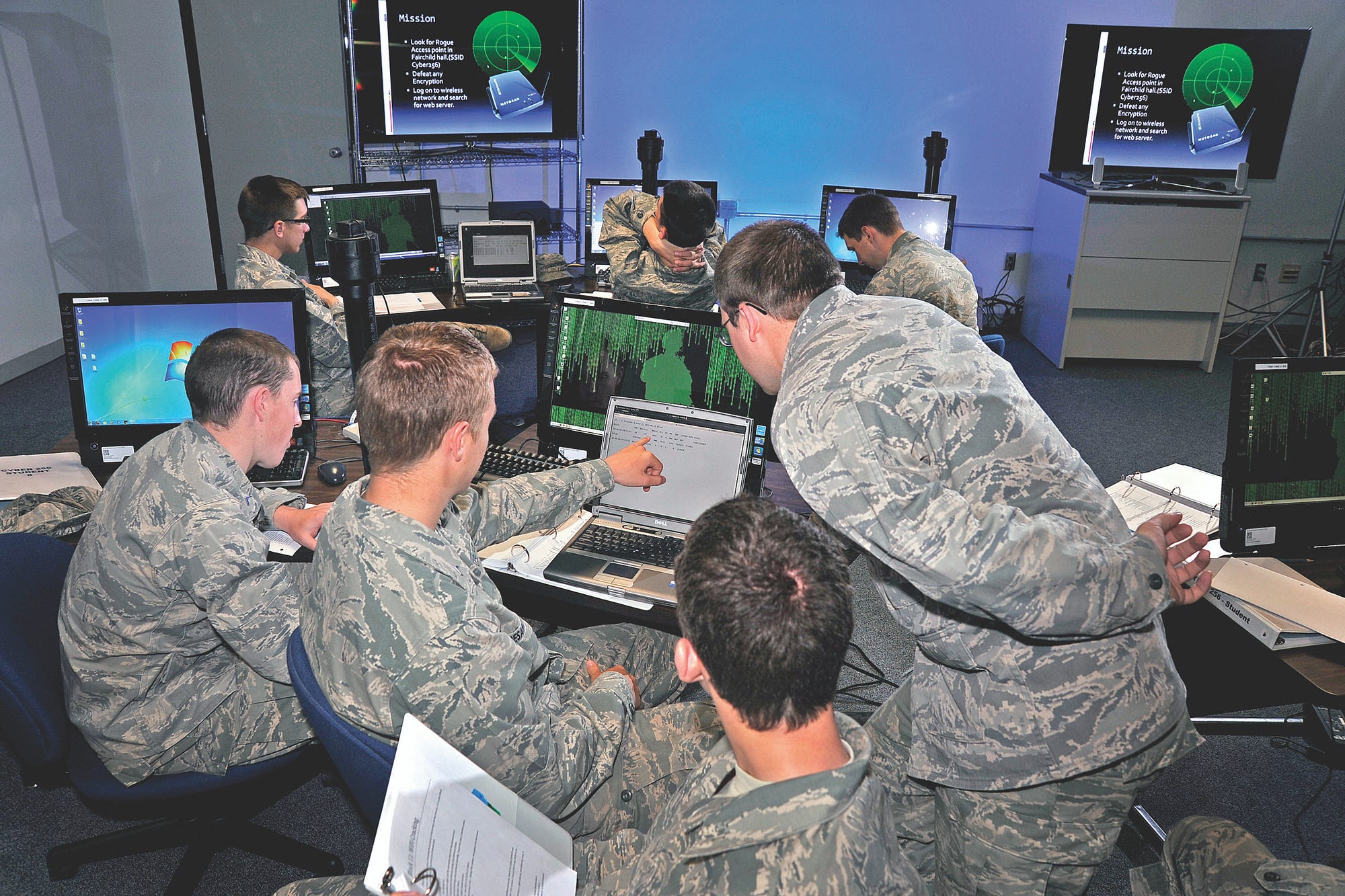G. Murphy Donovan
“We can’t solve problems with the same thinking that created them.” - Einstein
You remember David Petraeus. He was the Obama era model for a politically correct general. Petraeus left the military with four stars and a chest full of medals only to be undone by Tampa camp followers and a subordinate girl friend from his days in Kabul. Indeed, poor judgement caught up with the general, ironically, while he was Director of CIA. How the chief of a major intelligence agency could not know that NSA or the FBI might be reading his love notes is a mystery to the cloak and dagger crowd everywhere. It is possible, however, that a naive general at Langley was exactly what the White House sought for CIA. A second and terminal Libya fiasco unfolded shortly after General Petraeus and Paula Broadwell became household words.
With Benghazi, the CIA, DOD, and the State Department lost a diplomatic cover CIA Annex, a “black” gun running operation, and four brave men, including an ambassador. The al Qaeda/ISIS consortium in Libya has been flourishing ever since.
The American ambassador to Libya now does business from Tunisia. Well she might, lest she suffer the same fate as her predecessor. The big loss in North Africa was not an embassy, nor an ambassador. The big loss was Libya, another entire Muslim oil state given over to Muslim theocracy, chaos, and terror. Who would have ever thought that the world would one day be nostalgic for an apostate like Colonel Muammar Gaddafi.
The woman who orchestrated, the Libya fiasco as US Secretary of State is now poised to become the next commander-in-chief. Given the politics of generals these days, it’s not hard to imagine that General Petraeus might be auditioning for rehabilitation and another job in the next administration.


.jpg&container=blogger&gadget=a&rewriteMime=image%2F*)




